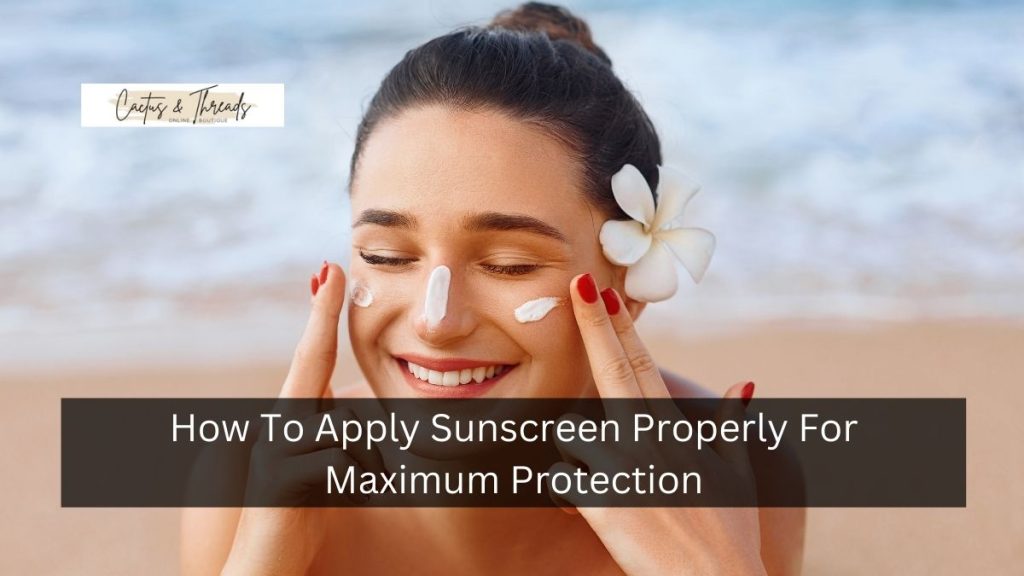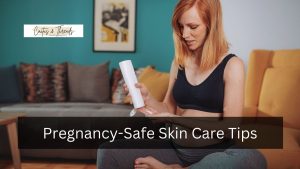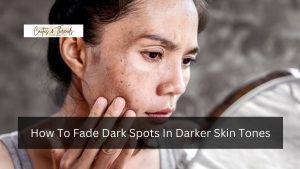
Applying sunscreen correctly is essential to protect your skin from harmful UV rays, prevent sunburns, and reduce the risk of skin cancer. Despite the wide availability of sunscreens, many people are not using them effectively to ensure maximum protection.
Here, we’ll walk through a step-by-step guide on how to apply sunscreen properly, covering all the essential details for optimal coverage and safety.
Why Sunscreen Application Matters
Sunscreen acts as a protective barrier that blocks or absorbs UV radiation, helping to prevent skin damage. Research shows that UV exposure is responsible for up to 90% of visible skin aging and can increase the risk of skin cancer. Proper application, including adequate coverage and reapplication, is crucial for maximizing sunscreen effectiveness.
Step-By-Step Guide
Step 1: Choose the Right Sunscreen
For effective sun protection, select a broad-spectrum sunscreen that protects against both UVA and UVB rays, with an SPF (Sun Protection Factor) of at least 30. Broad-spectrum sunscreens shield the skin from the full range of sun damage, while SPF 30 filters out about 97% of UVB rays.
Types of Sunscreen:
- Chemical Sunscreens: Absorb UV rays and convert them into heat. Look for ingredients like avobenzone, oxybenzone, and octinoxate.
- Physical Sunscreens (also called mineral sunscreens): Contain zinc oxide or titanium dioxide and deflect UV rays from the skin. They are often preferred for sensitive skin.
Step 2: Apply the Correct Amount
To achieve full protection, apply an adequate amount of sunscreen. Experts recommend about one ounce (a shot glass full) for full-body application. Here’s a quick guide:
- Face and neck: Use a nickel-sized amount.
- Arms: Apply a line of sunscreen from wrist to shoulder.
- Legs: Use about a quarter-sized amount for each leg.
- Back and chest: Apply a sufficient amount to fully cover these areas.
Many people under-apply sunscreen, which reduces its effectiveness. For example, using half the recommended amount of SPF 30 can cut protection in half, exposing skin to more UV rays.
Step 3: Apply 15-30 Minutes Before Sun Exposure
For sunscreen to be fully effective, apply it 15 to 30 minutes before heading outside. This time allows the sunscreen to properly bind to the skin. For chemical sunscreens, this step is especially important, as they need time to absorb into the skin to create a protective layer.
Step 4: Don’t Forget Often-Missed Areas
Certain areas are commonly forgotten, even during thorough applications. Make sure to apply sunscreen to:
- Ears
- Neck (front and back)
- Eyelids and around the eyes (sunscreen sticks can be helpful for these areas)
- Scalp (if exposed)
- Feet and tops of hands
Research shows that many people neglect these areas, leading to uneven protection and increased risk of sun damage.
Step 5: Reapply Regularly for Continuous Protection
One application of sunscreen is not enough to last all day. Reapply every two hours when outdoors, and immediately after swimming, sweating, or towel drying.
Water-resistant sunscreens typically provide protection for 40 to 80 minutes during water activities, but they still need to be reapplied afterward to ensure continuous protection.
Step 6: Layer Sunscreen with Other Skincare Products
Sunscreen should always be the last step in your morning skincare routine. Here’s the correct order of application:
- Cleanser
- Toner
- Serum (if using)
- Moisturizer
- Sunscreen
If you wear makeup, let your sunscreen absorb fully before applying foundation or powder. Some products now offer SPF, but even with SPF makeup, a separate layer of sunscreen is necessary to ensure adequate protection.
Step 7: Understand the SPF Limitations
It’s important to understand that no sunscreen provides 100% protection from UV rays. SPF 30 blocks about 97% of UVB rays, SPF 50 blocks 98%, and SPF 100 blocks 99%.
The difference may seem minimal, but these percentages can make a significant difference, especially during prolonged exposure. However, SPF levels above 50 may not offer significantly greater protection and may give a false sense of security.
Step 8: Protect Yourself with Other Sun-Safe Practices
While sunscreen is effective, it’s only one part of a full sun-protection strategy. Other ways to protect your skin include:
- Wear protective clothing: Long sleeves, hats, and UV-protective clothing provide physical barriers against sun exposure.
- Seek shade: Avoid direct sunlight between 10 a.m. and 4 p.m., when UV rays are strongest.
- Wear sunglasses: Choose sunglasses with UV-blocking lenses to protect your eyes from UV damage.
Conclusion:
Applying sunscreen properly is key to maintaining healthy, radiant skin and minimizing the risk of sun-related issues. With careful application and reapplication, along with complementary sun-protection habits, you can enjoy outdoor activities while keeping your skin protected.
Follow these steps to apply sunscreen effectively, and make it a non-negotiable part of your daily routine for long-lasting skin health and beauty.
READ ALSO:







